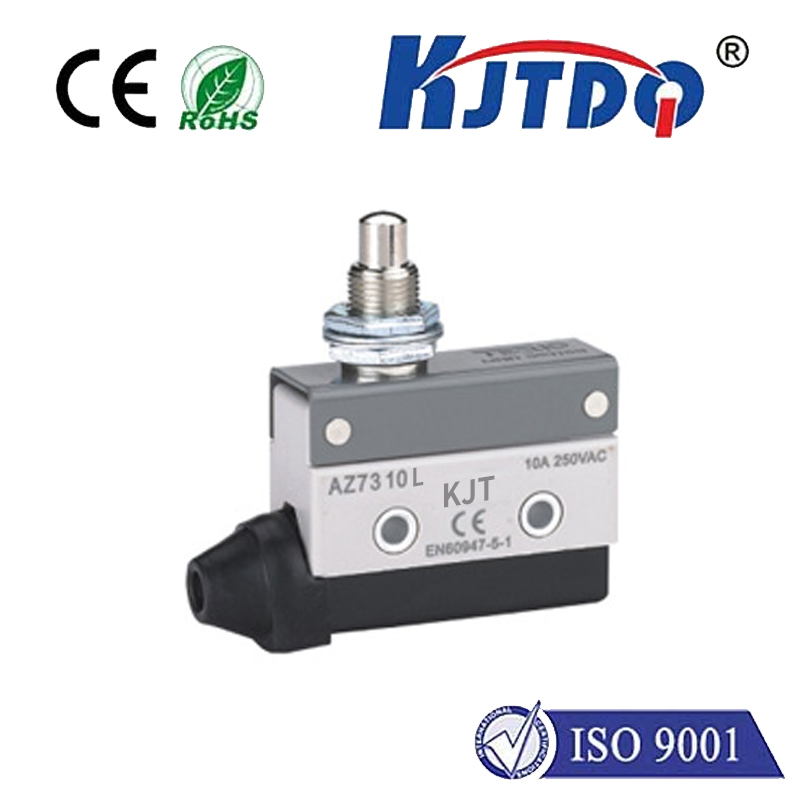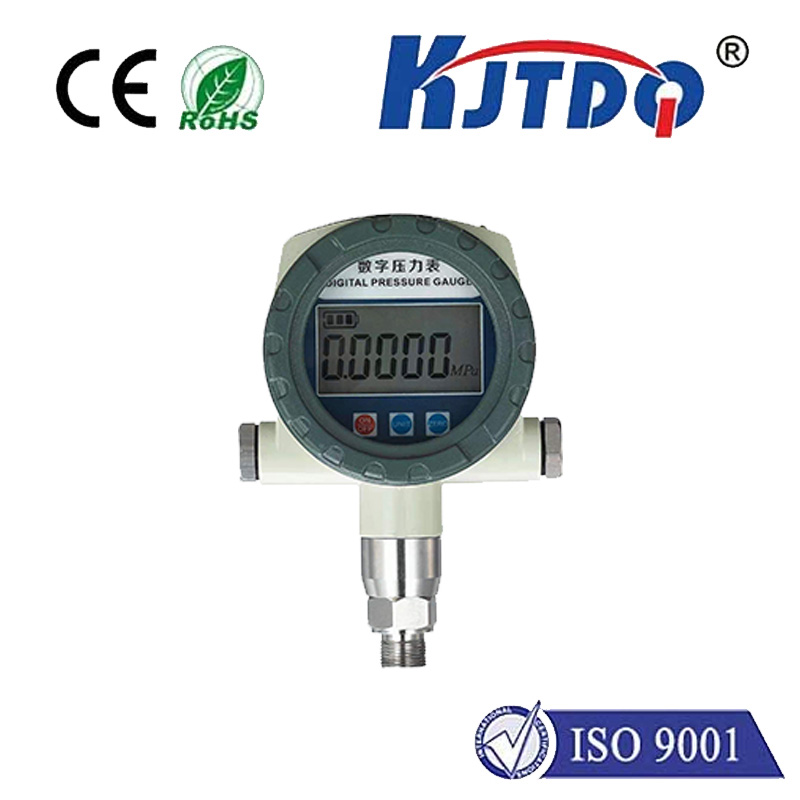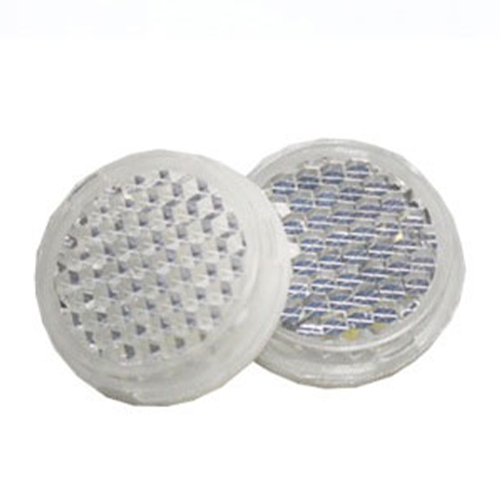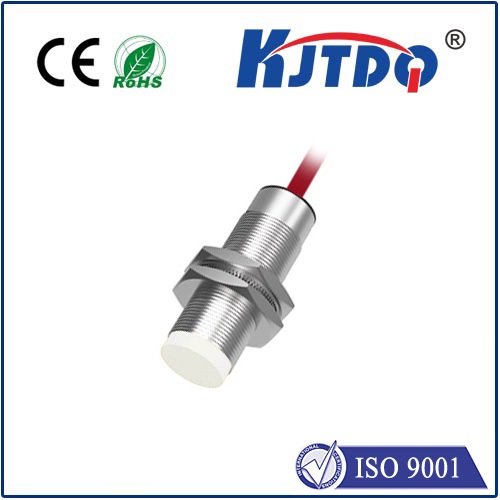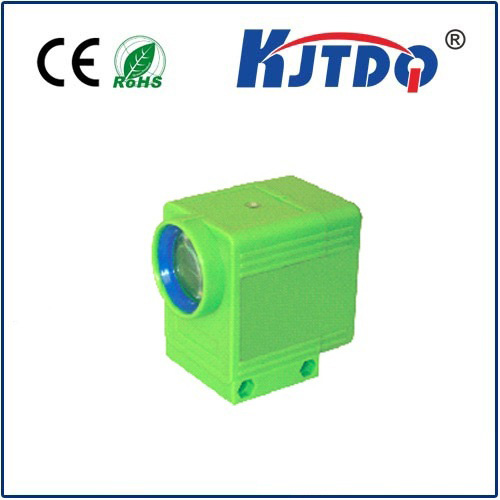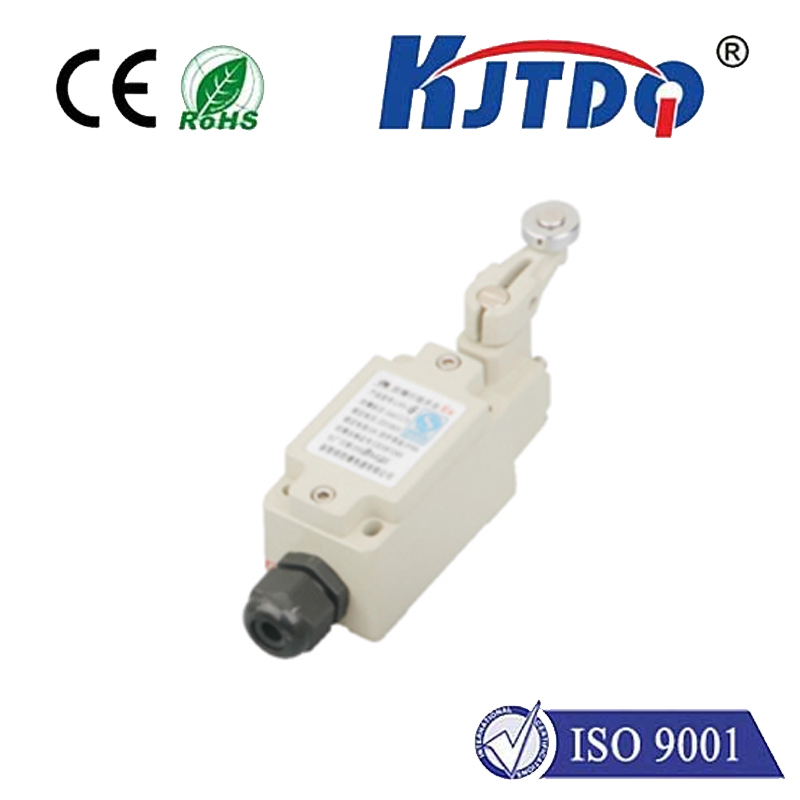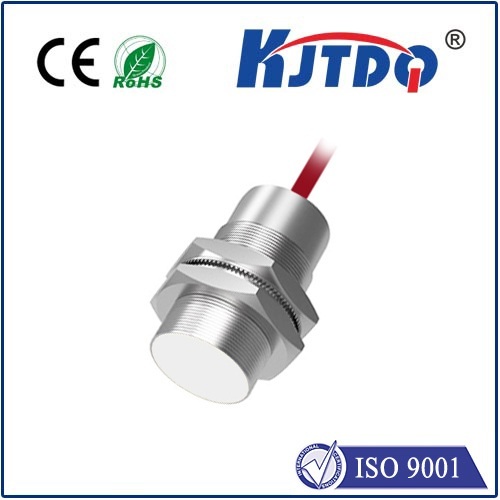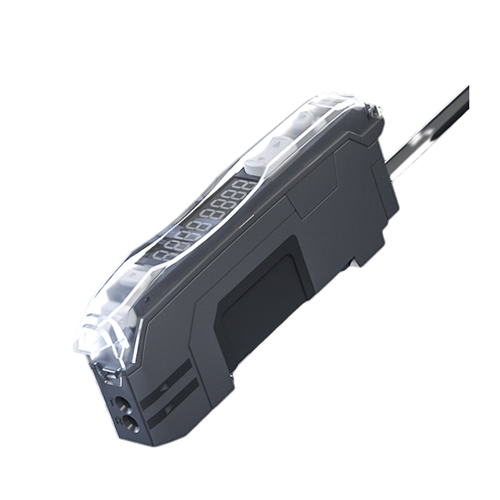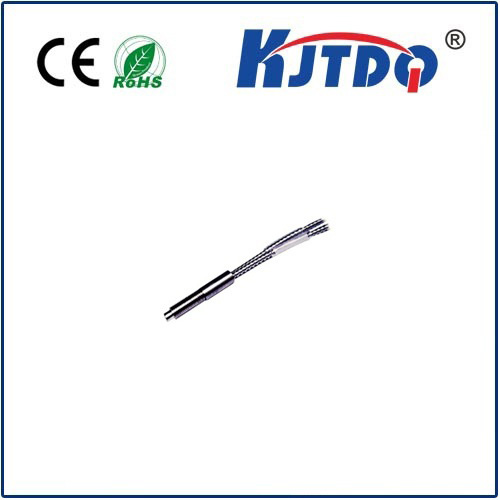Laser Flow Sensors: Revolutionizing Precision Measurement in Modern Industries Imagine a world where industries can monitor fluid dynamics with micron-level accuracy, reduce waste, and optimize processes in real time—all thanks to a device no larger than your palm. This is the reality brought by laser flow sensors, a cutting-edge technology reshaping sectors from pharmaceuticals to environmental engineering. As industries increasingly prioritize efficiency and sustainability, these sensors have emerged as indispensable tools for achieving both.
At their core, laser flow sensors are non-invasive devices that measure the velocity or flow rate of liquids or gases using laser-based techniques. Unlike traditional mechanical sensors, which rely on physical contact with the fluid, laser sensors employ light to capture data. This eliminates wear and tear, reduces maintenance costs, and ensures minimal disruption to the flow itself. The most common methods include Doppler shift analysis and time-of-flight measurements. In the Doppler method, a laser beam is directed at the fluid, and the frequency shift of the reflected light—caused by moving particles—is analyzed to determine flow speed. Time-of-flight systems, meanwhile, measure how long it takes for a laser pulse to travel between two points in the fluid, calculating velocity based on this interval.
The shift toward laser-based solutions isn’t just a trend—it’s driven by tangible benefits:
Unmatched Precision: Laser sensors detect flow rates with resolutions as fine as 0.1% of the measured value, critical for applications like drug formulation or semiconductor manufacturing.
Non-Intrusive Design: By avoiding direct contact with fluids, these sensors prevent contamination—a game-changer for food processing and sterile environments.

Долговечность: With no moving parts, laser sensors withstand harsh conditions, including extreme temperatures and corrosive substances.
Данные в реальном времени: Instantaneous feedback enables dynamic adjustments, reducing energy consumption and improving process control. A 2022 study by Industrial Automation Journal found that factories using laser flow sensors reduced material waste by up to 18% compared to those relying on conventional methods.
From cleanrooms to wastewater plants, laser flow sensors are proving their versatility:
Water Management: Municipalities use these sensors to monitor pipeline efficiency and detect leaks. Their ability to operate in turbid water makes them ideal for sewage systems.
Система отопления и кондиционирования воздуха: By optimizing airflow in heating and cooling systems, laser sensors cut energy costs by up to 25%, according to Energy Efficiency Quarterly.
Pharmaceuticals: In drug production, even minor flow variations can compromise product quality. Laser sensors ensure precise dosing during mixing and packaging.
Аэрокосмическая промышленность: Fuel flow monitoring in aircraft engines demands pinpoint accuracy—a task where traditional sensors fall short.
While laser flow sensors offer transformative potential, they aren’t without limitations. Calibration remains a hurdle, as factors like fluid opacity or particle density can affect readings. Manufacturers are addressing this through adaptive algorithms that self-adjust based on environmental conditions. Cost is another consideration. High-end laser sensors can be 2–3 times pricier than mechanical alternatives. However, their longevity and reduced downtime often justify the investment. As production scales, prices are expected to drop—making the technology accessible to smaller enterprises.
Innovations on the horizon promise to expand the capabilities of these devices. Researchers are integrating AI-driven analytics to predict flow anomalies before they disrupt operations. Meanwhile, miniaturization efforts aim to create sensors for microfluidics, enabling breakthroughs in lab-on-a-chip diagnostics. In renewable energy, laser sensors are being tested for hydrogen fuel cell optimization—a critical step toward decarbonizing transportation.
As industries navigate the demands of precision and sustainability, laser flow sensors stand at the forefront of measurement technology. Their ability to deliver accurate, real-time data without compromising system integrity positions them not just as tools, but as catalysts for innovation. Whether it’s ensuring clean water supplies or advancing green energy, these sensors are quietly powering a smarter, more efficient future.
